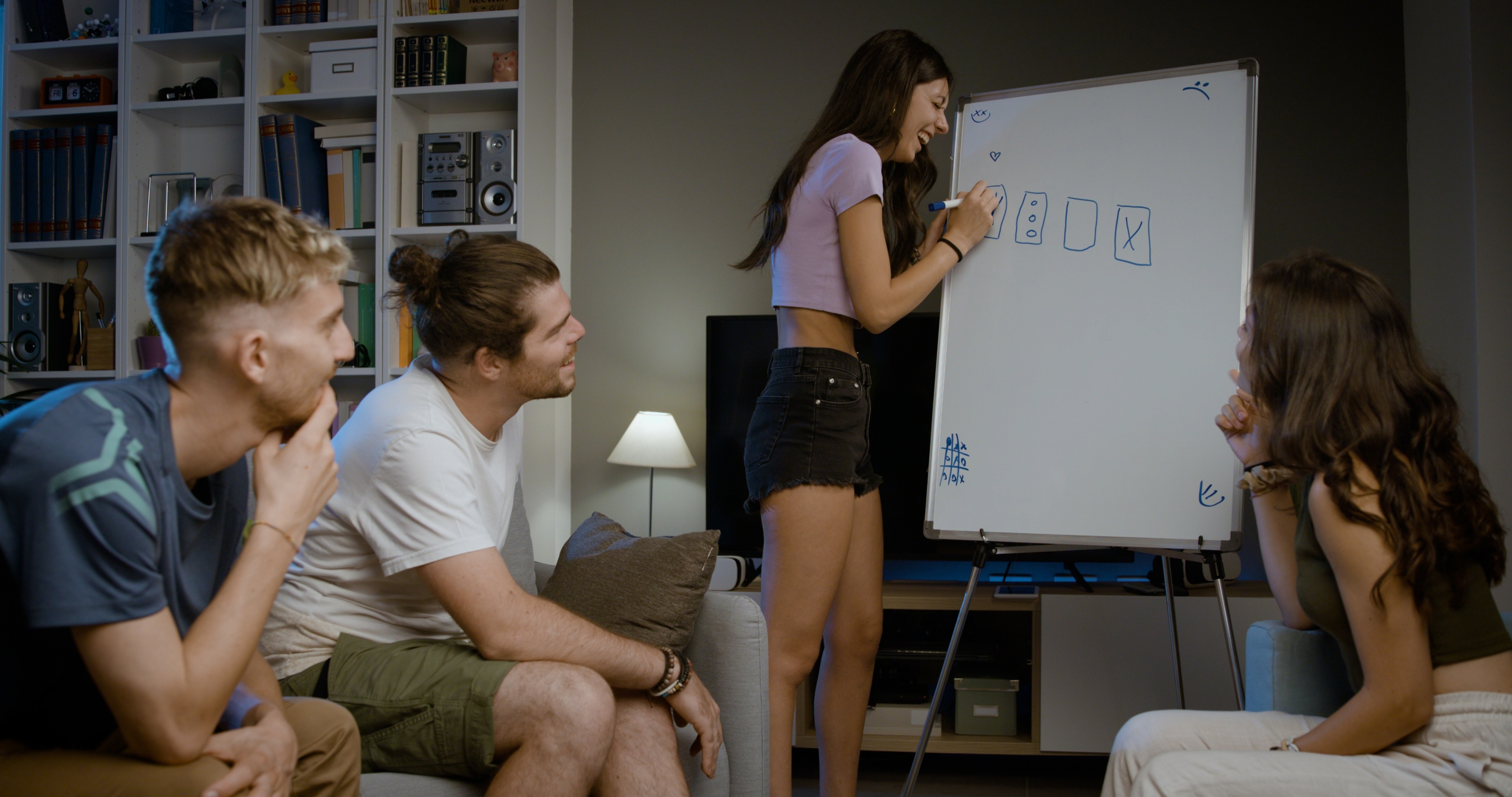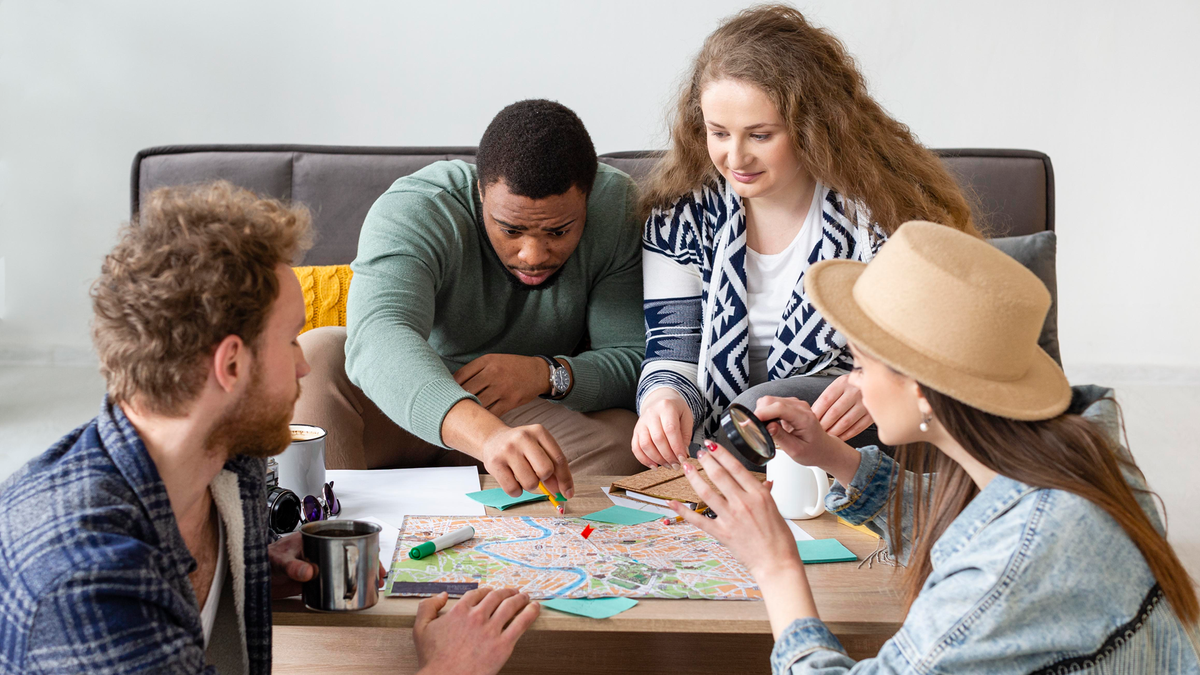I always love game nights with friends. We have an ever-growing selection of board games, card games and party games to choose from, making every gathering different. However, on a recent evening I wanted to try using AI to virtually host the games.
I asked ChatGPT for some ideas and to be the one to actually run three different types of games. The chaos that ensued showed me that the role of game master can be played quite well by an AI, although you have to pay close attention at first.
Here’s how ChatGPT fared as game night host.
AI trivia

Quizzes are an easy way to incorporate AI and are a real crowd pleaser, especially because we were all able to play at the same time because ChatGPT was asking the questions.
To set it up, I asked ChatGPT to act as quizmaster for a game night. I then gave the AI some general question topic topics, including space, cooking, and 90s pop culture, and told it to come up with more. I then instructed it to ask ten questions at a time and track our submitted results.
I also told the AI to have some fun and show some personality as a quiz master, and it immediately became a game show host with over-the-top praise and cheesy jokes. That was nice, but honestly, since none of us had to referee or prepare questions, it meant we could get into the actual games a lot quicker. However, there were a few questions that were either too easy or too hard, but it showed me that I need to be specific about the difficulty level in the future.
Virtual portrait

Pictionary is a classic game night activity, but not all of us are the best artists, so I decided to enlist ChatGPT and its DALL-E image generator. Instead of guessing back and forth, I explained the concept to ChatGPT and had them start drawing pictures with the pen line by line, giving the group a chance to guess after each line.
It took a while to guess “a cat riding a unicycle on Mars” or “a dinosaur baking a cake,” but seeing the final strange illustrations was a lot of fun. We then came up with a variant of the game. Each person had to guess what the AI had drawn in a somewhat abstract form. If they guessed wrong, they had to try to draw their interpretation of the picture on a whiteboard and see if they were better based on the group's other guesses. Nobody got “a giraffe with a crown,” the closest we got was a confused llama. The group worked on my drawing of a “yoga robot,” even though I couldn’t recognize it from the AI drawing.
AI crime thriller

We decided to round off the evening with a more complex party game: a murder mystery. This didn't require much guidance from me. I asked ChatGPT to create a custom crime story for the game. I gave the AI a basic premise: the host (me) was the victim and each of my five friends was a suspect with a unique motive.
ChatGPT quickly told a complicated story: I was “poisoned” during a celebratory toast and everyone had a reason to make me disappear from the scene. For example, a friend loves space and supposedly wanted revenge because I canceled her stargazing trip. Another friend became a famous foodie and was angry that I made fun of his lasagna because it was a little burnt.
I printed out and distributed the character profiles and clues generated by ChatGPT. The AI suggested props, so I set up a small “evidence table” with a bottle of “poison,” also known as apple juice, and a crumpled piece of paper that said, “Your turn.” Everyone slipped into their roles, criticizing each other and formed wild theories. Ultimately it turned out that the murderer was the quietest friend who did it because I forgot her birthday last year.
Everyone loved playing detective and the twists were really surprising, but the backstory could be a bit confusing and contradictory without some editing. Of all the games, this one was probably the best received and I can't wait to play it again soon.
